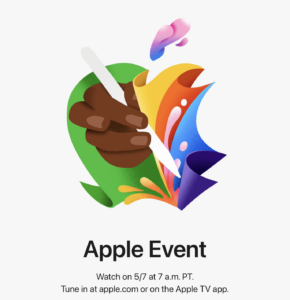The Information has an article by Wayne Ma reporting Apple is spending “millions of dollars a day” on Artificial Intelligence initiatives. The article is pay-walled, but The Verge summarizes it nicely.
Apple has multiple teams working on different AI initiatives throughout the company, including Large Language Models (LLMs), image generation, and multi-modal AI, which can recognize and produce “images or video as well as text”.
The Information article reports Apple’s Ajax GPT was trained on more than 200 billion parameters and is more potent than GPT 3.5.
I have a few points on this.
First, this should be no surprise.
I’m sure folks will start writing about how Apple is now desperately playing catch-up. However, I’ve seen no evidence that Apple got caught with its pants down on AI. They’ve been working on Artificial Intelligence for years. Apple’s head of AI, John Giannandrea, came from Google, and he’s been with Apple for years. You’d think that people would know by now that just because Apple doesn’t talk about things doesn’t mean they are not working on things.
Second, this should dovetail into Siri and Apple Automation.
If I were driving at Apple, I’d make the Siri, Shortcuts and AI teams all share the same workspace in Apple Park. Thus far, AI has been smoke and mirrors for most people. If Apple could implement it in a way that directly impacts our lives, people will notice.
Shortcuts with its Actions give them an easy way to pull this off. Example: You leave 20 minutes late for work. When you connect to CarPlay, Siri asks, “I see you are running late for work. Do you want me to text Tom?” That seems doable with an AI and Shortcuts. The trick would be for it to self-generate. It shouldn’t require me to already have a “I’m running late” shortcut. It should make it dynamically as needed. As reported by 9to5Mac, Apple wants to incorporate language models to generate automated tasks.
Similarly, this technology could result in a massive improvement to Siri if done right. Back in reality, however, Siri still fumbles simple requests routinely. There hasn’t been the kind of improvement that users (myself included) want. Could it be that all this behind-the-scenes AI research is Apple’s ultimate answer on improving Siri? I sure hope so.

